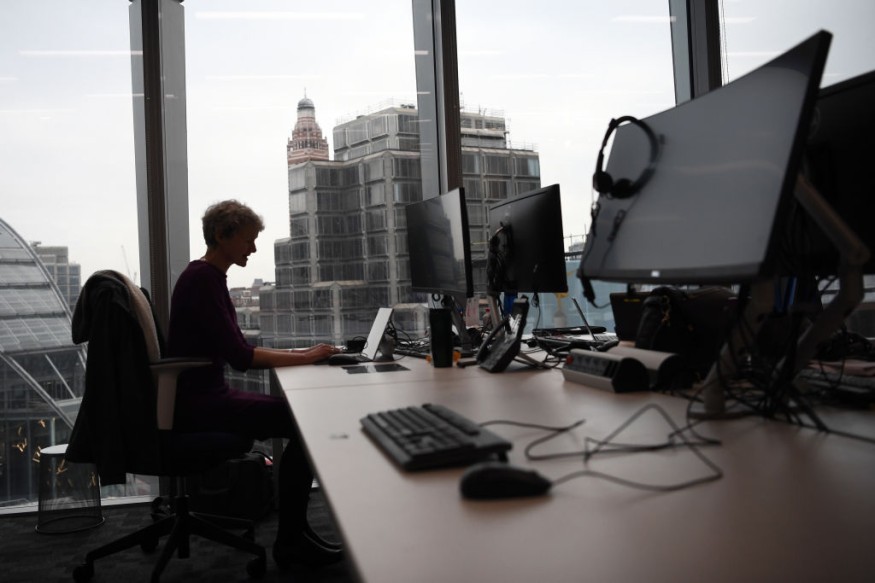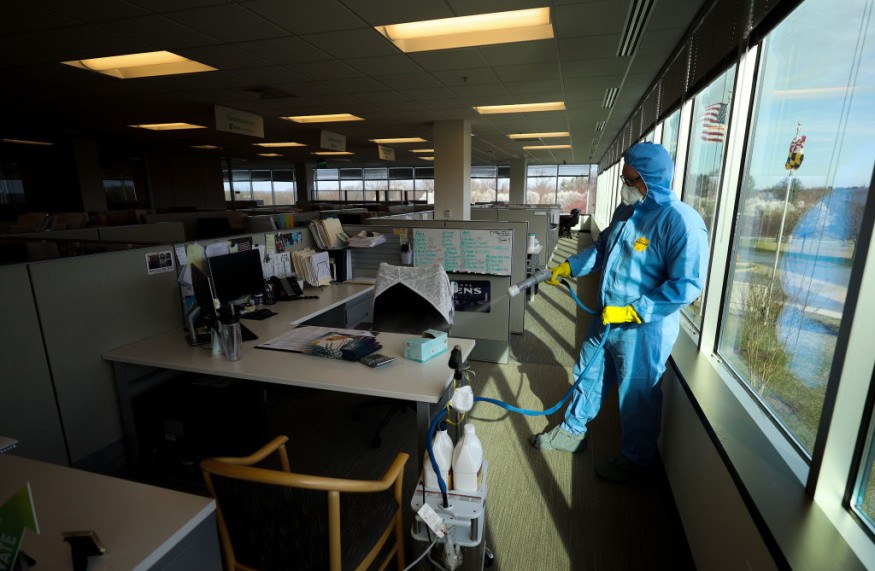
The coronavirus global pandemic has not only affected the economy but also shaken up the way office employees work. Most of us were forced to take our jobs at home, which eventually proved that professionals could work even in remote environments and office jobs can be flexible through modern technology.
As the world slowly goes back to the office lifestyle that we used to have, people also adapt to the so-called "new normal" in terms of the work environment.
A Harvard professor recently predicted that when the pandemic has ended, the regular working hours of 9 a.m to 5 p.m will become 3-2-2.
What is the 3-2-2 Work Model?
The 3-2-2 work scheme is slowly gaining popularity in the corporate world. The idea suggests that instead of spending five days a week in the office with an 8-9 hours shift, professionals should spend three days in the office, two days working from home, and get at least two days to rest each week.
The prediction comes after LinkedIn releases its year-end roundup of workplace trends to rise in 2021 from Harvard Business School professor Ashley Whillans. She believes that the workforce will be divided into those who will fight for remote work even if it is safe to go back to offices and demand face-to-face interaction in office cubicles and conference rooms.
"Employees will demand greater flexibility, and organizations will require it," Whillans predicted.
The new work model gives the employees the freedom to choose the schedule to suit their "new normal lifestyle."
It will also promote productivity in remote and office settings while keeping their routines and hobbies established in the past year.

What does the 3-2-2 Model mean for Commercial Real Estate?
In the past ten months of the COVID-19 pandemic, commercial real estate has already suffered tremendously. A recent study also shows that office space's need may downsize by 15% after the pandemic as people have already adapted to working remotely.
But this should not be a threat to commercial real estate as most companies will still be returning to the office. Those office spaces with high-quality and flexible features will have an edge as both employers and employees are now looking for such qualities.
"Occupiers are increasingly demanding flexible space options, shared meeting space, indoor air quality, connected building apps, and touchless technology when considering new leases," the CBRE report reads.
This only means that while commercial tenants will be reduced after the pandemic, the quality of space will be more important to employees and employers.

When the 3-2-2 schedule is finally implemented, employees will look forward to upgraded office space with a superior in-office experience. They are also expected to have more open communication with the facilities management team regarding shared areas' health concerns.
A recent survey shows that commercial real estate is planning to reduce costs by two percent. But instead of downgrading, they are planning to upgrade their commercial spaces by "optimizing operational costs and using technology to reposition space and for facilities management [to] improve operational resilience."



